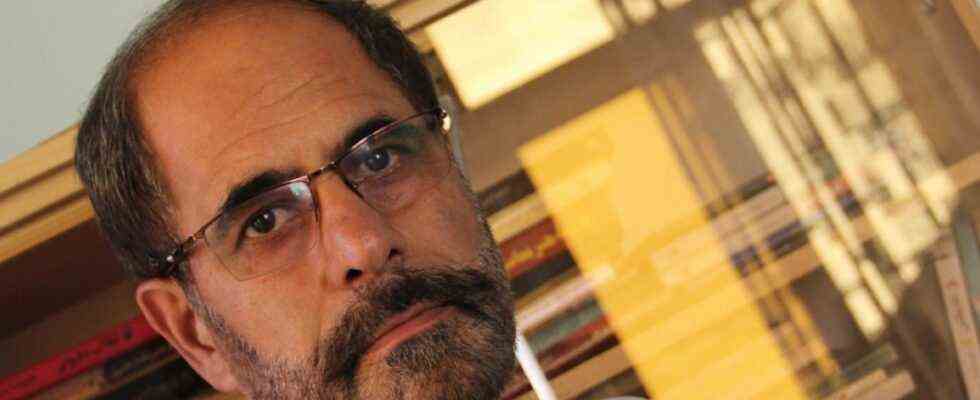“This is wonderful news.” Carolyn Christov-Bakargiev’s relief can also be seen on the phone. At the weekend, the director of the Turin art museum Castello di Rivoli announced that she and the Italian government had succeeded in bringing Rahraw Omarzad, one of the most important representatives of Afghan art life, to Italy. The 57-year-old writer, artist and expert in modern Persian art is a professor at Kabul University. He also heads the Kabul Center for Contemporary Art (CCAA) and founded the art magazine in 2000 Ganahma-e Hunar.
With him, his wife, the artist Manisz Nasrullah, their two daughters and Omarzad’s sister received asylum in Italy. The international calls for the Afghan scene are finally showing concrete results. In August, more than 350 artists from the USA and at the beginning of September also German intellectuals called for rapid help from their governments.
Now the signs are back to iconoclasm, music bans and censorship
The Documenta connects Omarzad with Carolyn Christov-Bakargiev, who is among the top 100 most influential personalities in the art world. He was one of the most important pillars of the curator when she ran an outpost in 2012 Documenta 13 placed in the Afghan capital. Bakargiev called the show “Collapse and Recovery”, alluding to analogies between Kassel, which was destroyed in World War II, and the Afghan metropolis.
The Documenta in the Hindu Kush caused a sensation at the time, 27,000 visitors saw the show in the heavily secured Queen’s Palace and the Bagh-e-Babur Gardens, many internationally known artists such as William Kentridge or Adrián Villar Rojas came to Kabul, including the skeptical, British – Polish conceptual artist Goshka Macuga was “grateful and excited to be able to react to the situation in Afghanistan”, as she remembers in an interview with the SZ. The premiere of a film by the Belgian artist Francis Alÿs about the street children of Kabul took place in a completely bombed open-air cinema. Rahraw Omarzad was also one of the participants, not just as a networker. In his video “Gaining and Losing”, also shown in Kassel, he processed the cultural trauma of his country using the example of the destruction of archaeological artifacts from the Afghan National Museum.
It is part of the dialectic of “Collapse and Recovery” that the signs are now back to iconoclasm, music ban and censorship. In horror, Bakargiev points out that men and women at the University of Kabul, where she gave seminars on freedom of art in 2012, are now “separated by curtains” again. Aman Mojadidi, on-site curator of the Documenta at the time, reckons the “best-case scenario” with a situation like in Iran or Saudi Arabia: “There will be an artistic and cultural production,” says the American-Afghan artist, “but which is very much in control of what it can do”.
Rahraw Omarzad will now observe this from safe Italy. Sponsored by the Turin Accademia Albertina, the Roman art museums Maxxi and the Palazzo delle Esposizioni as well as the Thyssen-Bornemisza Museum in Madrid, he is supposed to work as a curator at the Castello di Rivoli and “enrich the artistic and intellectual life in Italy”, as Carolyn Christov-Bakargiev says announces.

